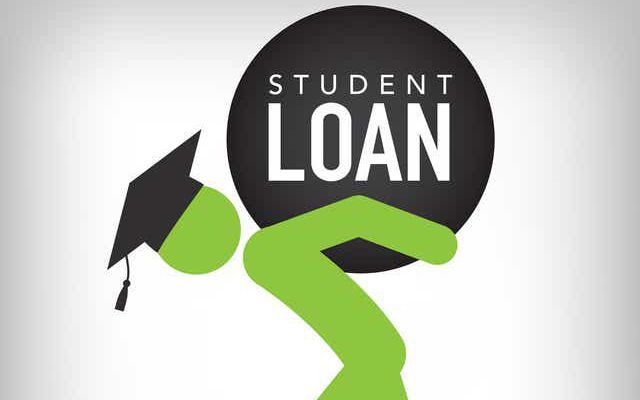
The passage of The Reconciliation Bill (One Big Beautiful Bill Act) on July 4, 2025, has brought with it changes to the way student loan plans are structured, some of which will take place in less than a year. If you are a current or potential student loan borrower, it is important that you review your options soon before these changes take effect.
Payment options such as the Saving for a Valuable Education (SAVE), Pay as You Earn (PAYE) Plan, and Income-Contingent Repayment (ICR) plans will be done away with by July 1, 2028. Already, new borrowers have been unable to enroll in the SAVE plan since February 2025 due to legal challenges to the program.
Current borrowers, along with those who take out new loans before July 1, 2026, can be enrolled in the PAYE and ICR plans until July 1, 2028. By that point, they will need to switch to one of five options: The Income-Based Repayment (IBR) Plan, The Standard Plan, The Extended Plan, The Graduated Plan, or the Repayment Assistance Plan (RAP).
The IBR Plan is based on income level; The Standard Plan requires regular monthly payments; The Extended Plan does the same over a longer term (with borrowers needing to be eligible before they select this payment option); The Graduated Plan has payment increases over time. The RAP (available by July 1, 2026) will be discussed later. This link shows your eligibility for all plans except the RAP.
Any borrower taking out a loan on or after July 1, 2026, will only have access to two repayment options for their new and existing loans: The Standard Plan and the RAP.
Any borrower who consolidates their new or existing loans on or after July 1, 2026, will also only have access to The Standard Plan and the RAP.
It is important to note that if a borrower enrolled in the SAVE, PAYE, or ICR plan does not switch their plan before July 1, 2028, they will be automatically entered into the IBR plan or the RAP, depending on their eligibility.
The IBR plan requires borrowers who took out loans before July 1, 2014 to pay 15% of their discretionary income (income left over after necessary expenses such as housing, food, and transportation are subtracted) before their remaining balance can be forgiven after 25 years. Those who took out a loan between July 1, 2014 and July 1, 2026 will pay 10% of discretionary income and can be forgiven after 20 years.
The RAP is different in that payment is calculated as a percentage of adjusted gross income. Those who make $10,000-20,000 pay 1%, those who make $20,000-30,000 pay 2%, up to those who make $100,000 or more and pay 10%. $50 a month are subtracted per dependent, with $10 being the minimum payment, regardless of income bracket. The borrower’s remaining balance will be forgiven after 30 years.
The elimination of the SAVE plan, along with the introduction of the RAP, will likely result in higher payments. Despite this, the RAP has an advantage in that interest that is unpaid on an on-time, monthly payment will not be charged to the borrower.
Still, if you are a borrower or potential borrower planning on taking out a loan in the near future, it is important that you look over your options carefully to ensure you are getting the best plan for yourself.
If you are a current SAVE, PAYE, or ICR borrower: consider all repayment plans before you are automatically enrolled in a new plan. The burden is placed on the borrower to ensure they are receiving the best repayment plan to suit their financial needs.
For more information, check out this series of videos from the National Consumer Law Center:
https://www.nclc.org/resources/student-loan-help-series/
And a chart showing the changes mentioned in this article:
Changes to Student Loan Repayment Options Over Time Flow Chart

